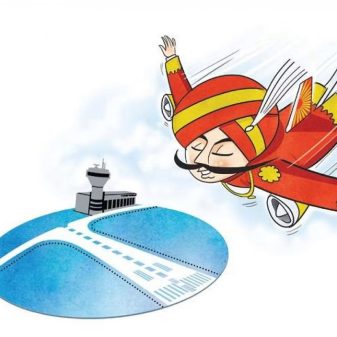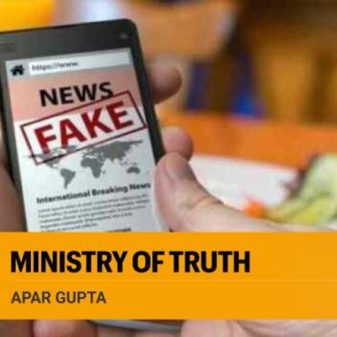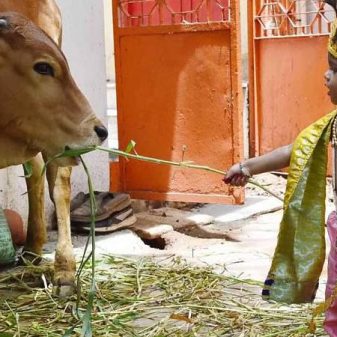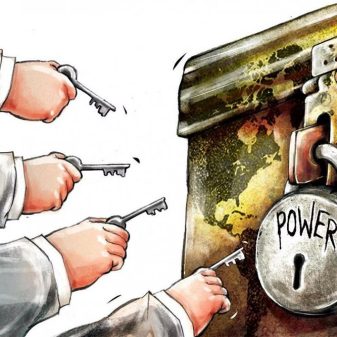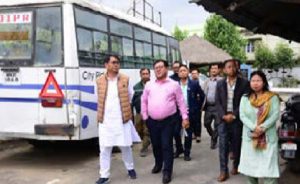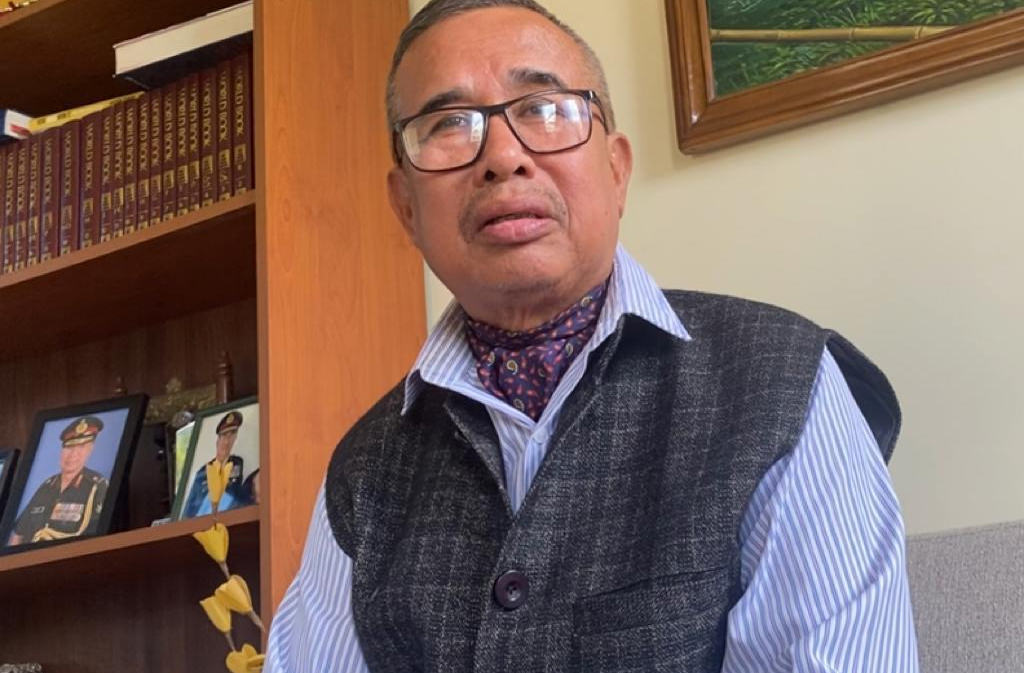
Imphal (Agency): On August 29, just when a semblance of peace and normalcy was beginning to prevail in restive Manipur and the State Legislative Assembly was in session, a farmer attending his paddy fields at Bishnupur district’s Naraseina bordering Kuki-Zo dominated Churachandpur was shot dead by a sniper armed assailant. Since then, the two warring communities have engaged in fierce gun battle and have so far claimed at least ten lives and injured several on both sides, reigniting ethnic strife that started since May 3.
The conflict is on though its quantum rises and falls from time to time since then, and what is awful is the prediction of a violent phase of fight after the fading of monsoon and the onset of winter by retired Lt. Gen of the Indian army, L Nihikant Singh popularly known in the Army circle as LN Singh.
Prior to the reignition of the clashes, the lull in the violence had brought hope with think-tanks talking of the way towards normalcy. Singh, who had headed the Indian Army’s Intelligence Corps for 5 years, said normalcy is when the internally displaced persons can return to their place of origin.
“There are 3 factors for people to go back to their place of origin. The first factor is adequate security to ensure their safety. Second is dwelling units or houses for them to live in and lastly the means of livelihood,” explained the retired General.
He added that the semblance of peace that had prevailed before the recent clashes had inspired the possibilities of sending back people in the relief camps to their place of origin wherever possible. “For example, people from Sugnu, Kwakta and even Pukhao areas could be sent back if there is adequate security for their safety. Similar arrangements should be made for the displaced Kukis to return,” opined LN Singh.
According to the General the people who are perpetrating the recent violence are doing it as they do not want the violence to end. They want to keep the pot boiling.
“At the end of the day, what they are perpetrating is lost for both the polarized communities. People on either side want peace. I’ve visited over 26 relief camps. What everyone in those camps is asking is for them to return to their homes,” said LN Singh.
Another aspect in the Manipur violence is that the people are apprehensive of the system. Their concerns arise from the fact that there is such a large deployment of central paramilitary to the tune of over 60 thousand, but the violence still continues unabated. There is also a growing allegation that certain paramilitary forces are biased in their action as they aid a particular community in the ongoing ethnic strife in Manipur.
In a rare media interview, Director General of Assam Rifles, Lt. Gen PC Nair said that Assam Rifles as a force tasked with essentially three roles – border guarding, counter insurgency operations and conventional operations alongside the Indian Army – have been playing an absolutely unbiased role in curtailing the violence and stopping the killings, shooting and burning of houses in the State that has occurred since May 3.
On an optimistic note, the Assam Rifles Chief describing the ethnic strife in Manipur said that “the worst is behind us and that the sporadic incidents of shooting and killings will gradually subside and we are heading towards better times.”
He added that the warring communities need to start talking to each other for conflict resolution.
Even retired Lt. Gen LN Singh agrees that there must be talks between the two groups. “I fully agree that there must be talks to resolve the crisis. As of today, both sides aren’t willing to talk. The question is how to make them talk. If there is a lesson to be learnt from history – it is the military actions, the action taken by the security forces which, in most cases, compels the warring groups to come together and talk. Without this initiative from the security forces and simply requesting them to talk cannot happen.”
While the Assam Rifles DG feels that the biggest challenge in dealing with the Manipur violence is the large number of weapons that are out within both the communities, the retired Indian Intelligence Corp chief said that the security forces need to establish deterrence to show there is no impunity for taking law in one’s hand. Unless this deterrent is established the violence will continue. The retired general goes on to add that before winter sets in maximum internally displaced persons should be facilitated to return to their place of origin. He forecasts that winter is going to be very difficult as it would witness a new round of fighting.
“The new phase or the phase 3 of the violence will possibly start off once the monsoon is over and the dry spell comes in. In military parley it is called the campaigning season. Here it cannot be a classical campaigning season, but it will definitely facilitate military operations when there is no more rain. By then the poppy would have been harvested. That would be the time when the violence is going to be deadly. Military operations are difficult in monsoon. Winter facilitates visibility and easier movement. In non-snow bound areas, winter is an excellent time for fighting,” said LN Singh.
The General had classified the Manipur Violence in phases. The first phase lasted for about 10 days from May 3 till May 12 when the 10 Kuki MLAs submitted a memorandum for a separate administration. Phase 2 started from May 27-28. Between these two phases, there was a constant effort to internationalize the conflict. There was a group who submitted representations to several international forums. This continual process is happening even today (Courtesy: Waari Singbul Network)

